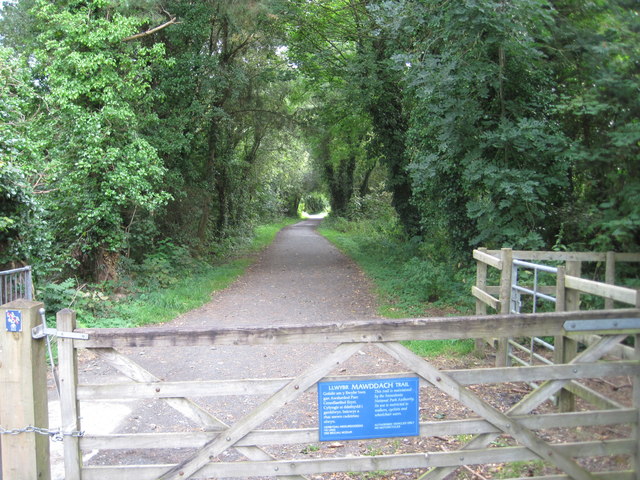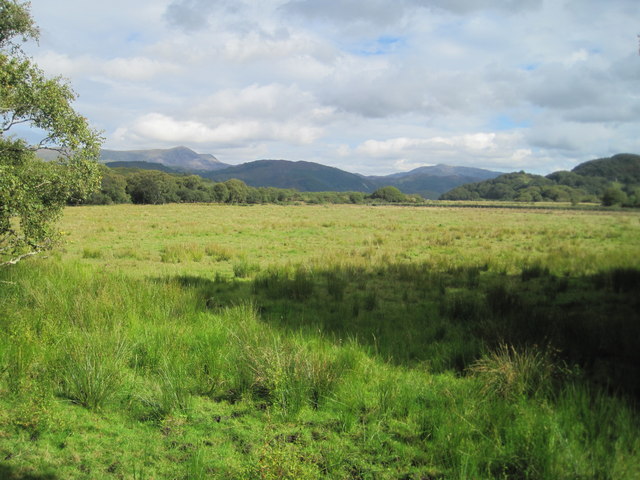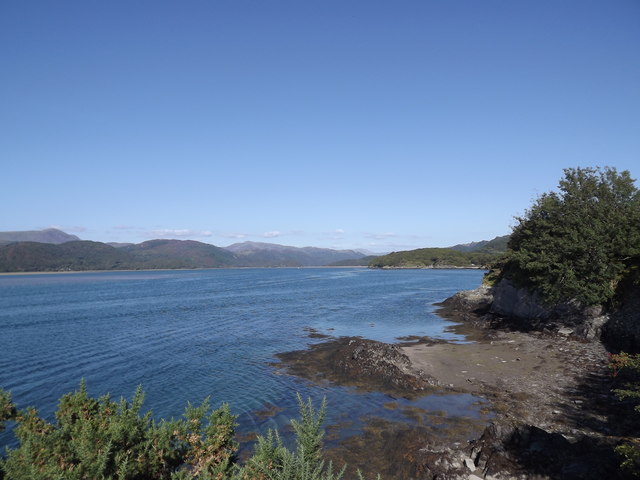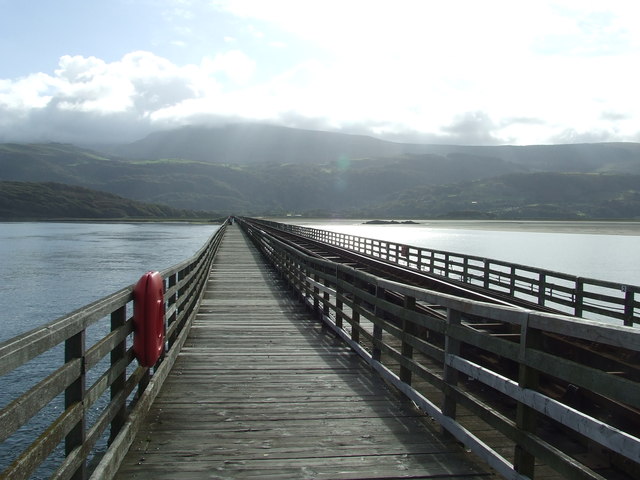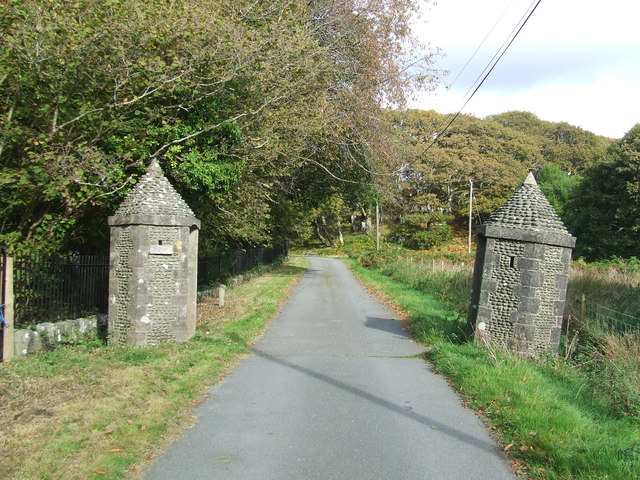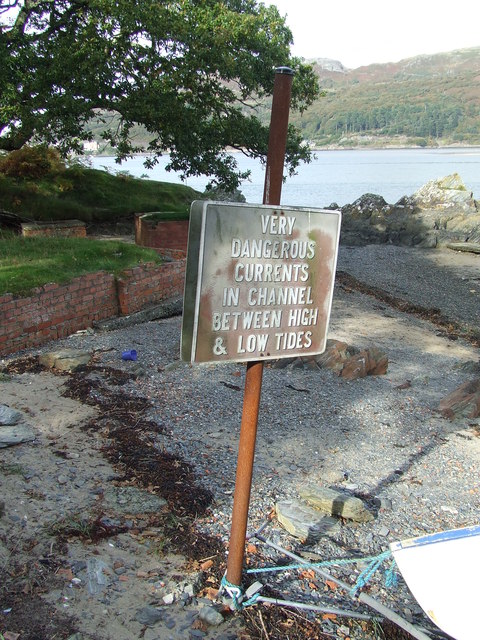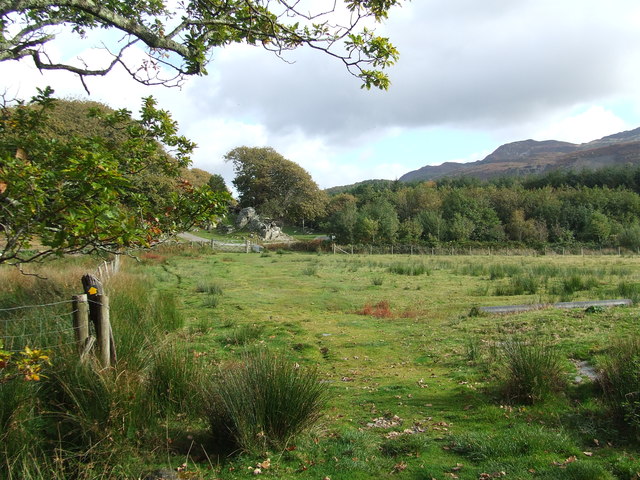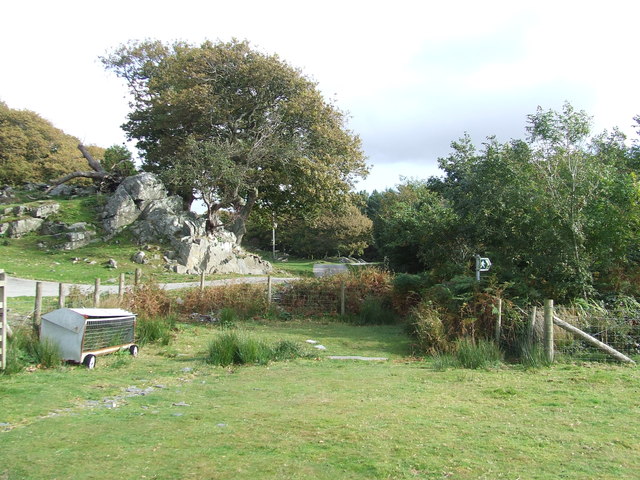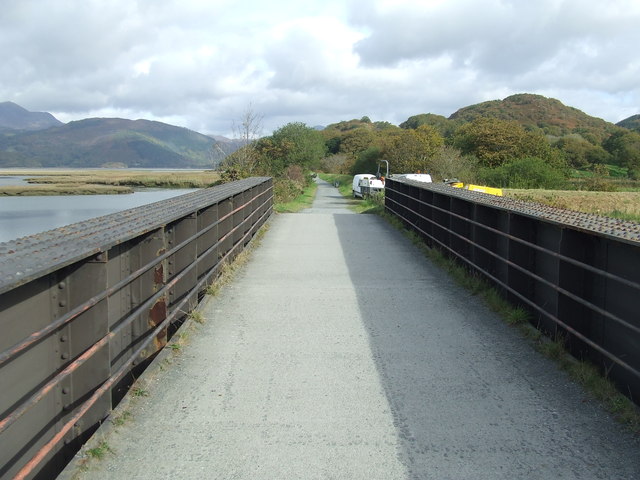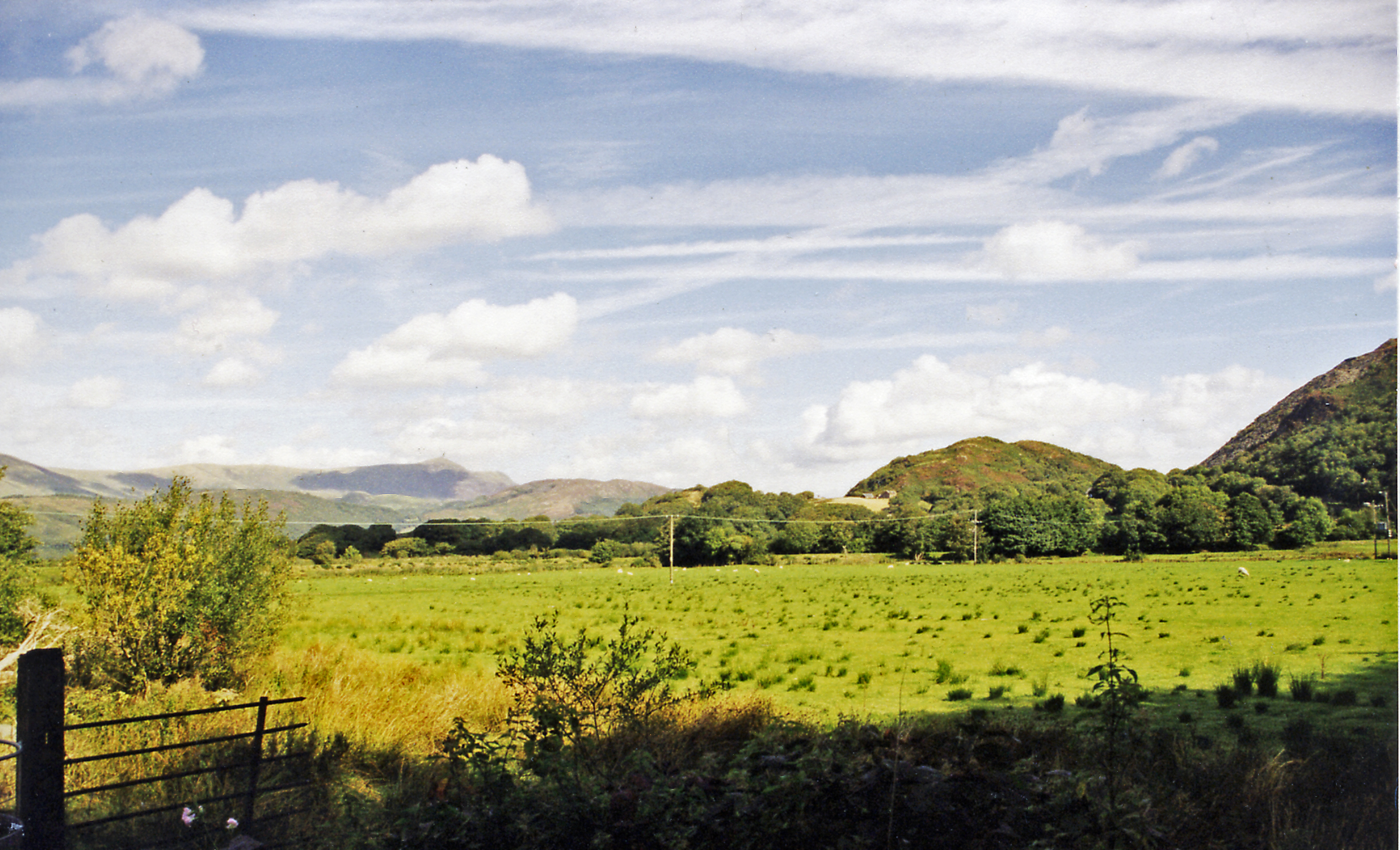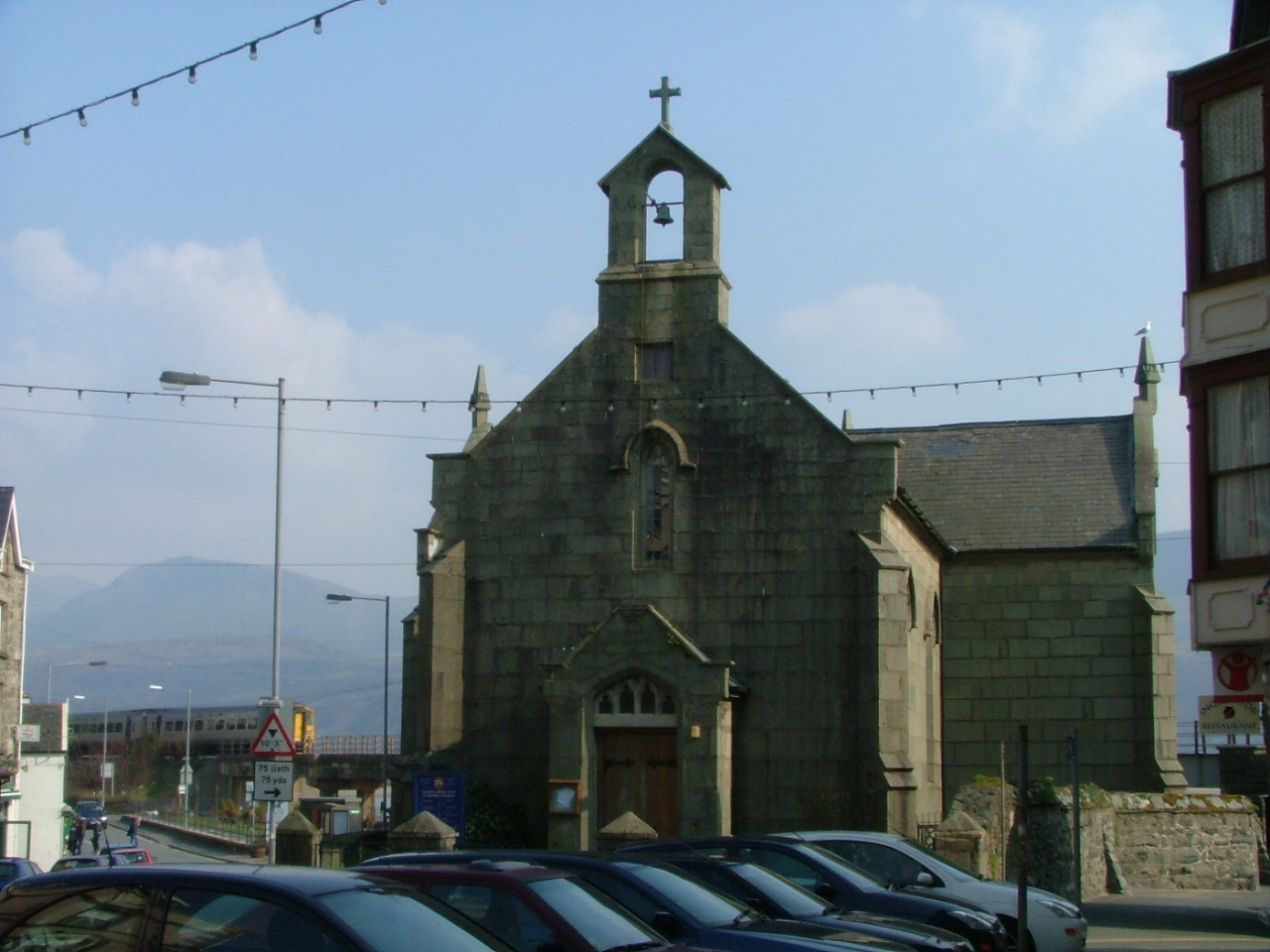Capel Arthog
Settlement in Merionethshire
Wales
Capel Arthog
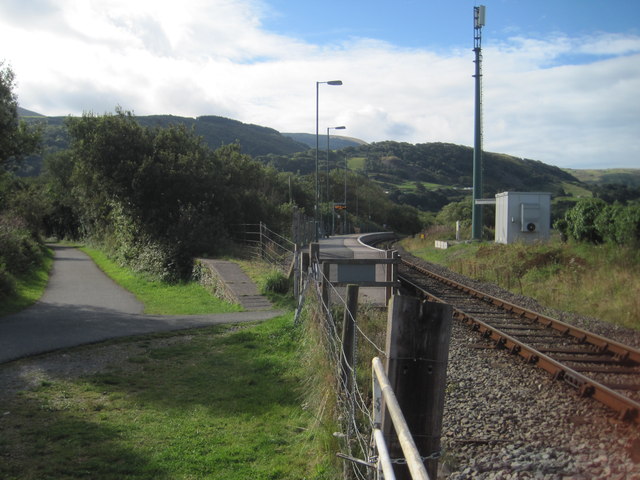
Capel Arthog is a small village located in the county of Merionethshire, Wales. Nestled within the picturesque Snowdonia National Park, it is surrounded by stunning natural scenery and offers a peaceful retreat for residents and visitors alike.
The village is situated near the mouth of the River Arthog, which flows into the Mawddach Estuary. This location provides ample opportunities for outdoor activities such as fishing, walking, and birdwatching. The nearby Cader Idris mountain range also attracts hikers and climbers, offering breathtaking views of the surrounding landscapes.
Capel Arthog is a close-knit community with a population of around 200 people. The village is home to a quaint chapel, which serves as a focal point for religious and social gatherings. Residents can also find basic amenities such as a post office and a small shop within the village.
The area surrounding Capel Arthog is known for its diverse wildlife and natural habitats. The Mawddach Estuary, in particular, is a designated Site of Special Scientific Interest, attracting nature enthusiasts from far and wide. The estuary is home to a variety of bird species, including waders, ducks, and herons.
Due to its idyllic location, Capel Arthog has become a popular destination for tourists seeking tranquility and outdoor adventures. The village offers a range of accommodation options, including cozy cottages and bed and breakfasts, ensuring a comfortable stay for visitors exploring the wonders of Snowdonia National Park.
If you have any feedback on the listing, please let us know in the comments section below.
Capel Arthog Images
Images are sourced within 2km of 52.712428/-4.010113 or Grid Reference SH6414. Thanks to Geograph Open Source API. All images are credited.

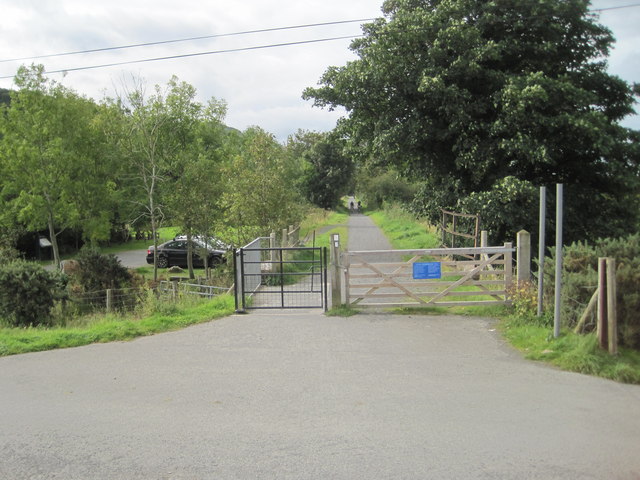
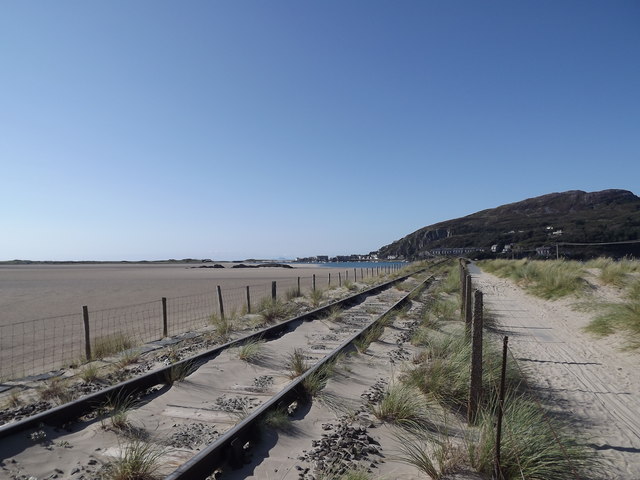
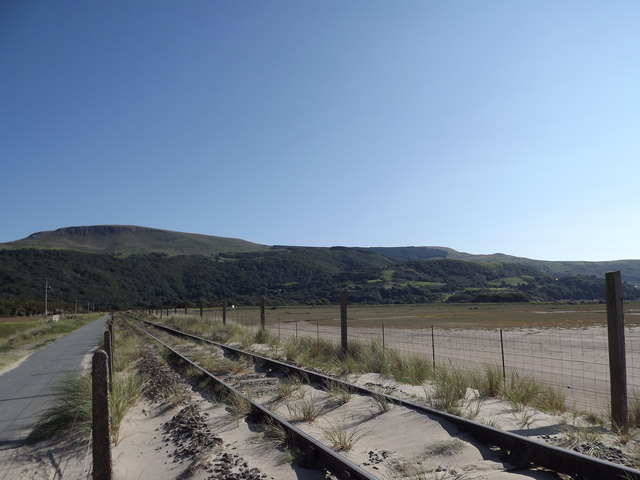
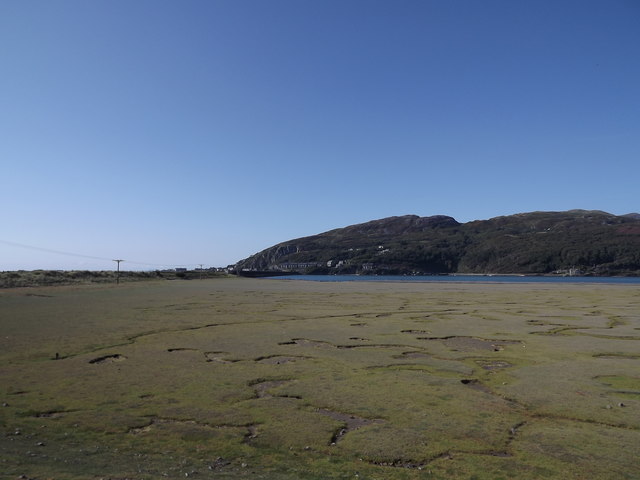
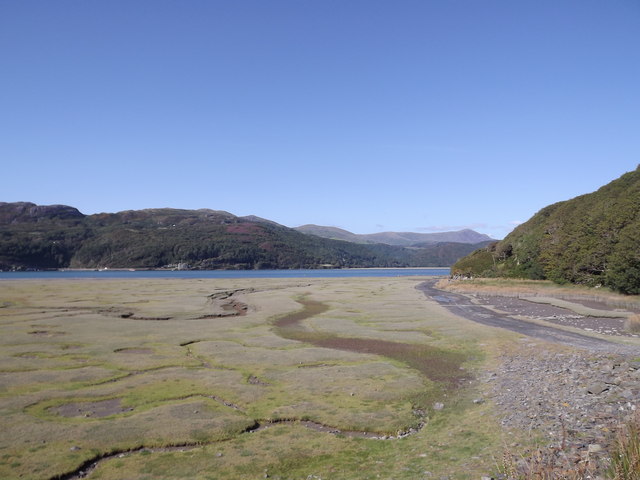
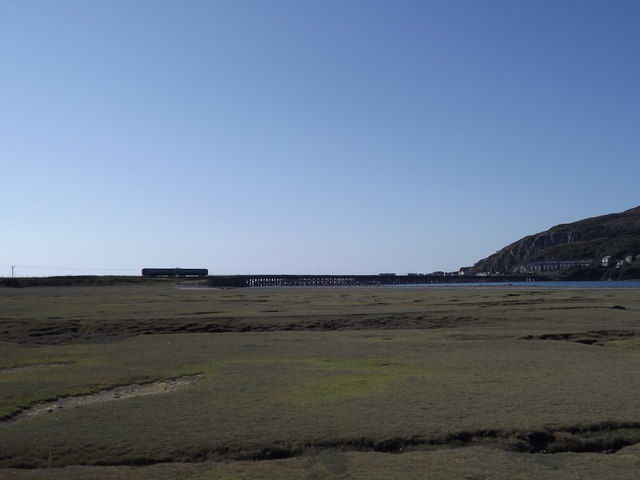
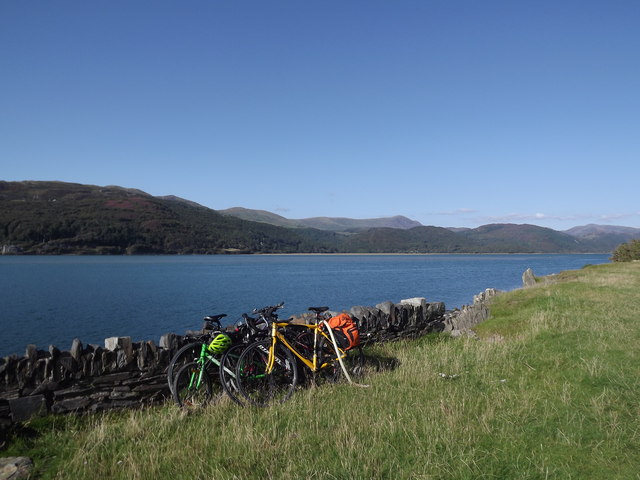
Capel Arthog is located at Grid Ref: SH6414 (Lat: 52.712428, Lng: -4.010113)
Unitary Authority: Gwynedd
Police Authority: North Wales
What 3 Words
///keep.thrashed.ranges. Near Barmouth, Gwynedd
Nearby Locations
Related Wikis
Arthog
Arthog () is a village, post town and community in the Meirionnydd area in Gwynedd, north Wales including the villages of Fairbourne and Friog. It is located...
Arthog railway station
Arthog railway station in Gwynedd, Wales, was a station on the Dolgelly [sic] branch of the Aberystwith and Welsh Coast Railway (part of the Ruabon to...
Morfa Mawddach railway station
Morfa Mawddach railway station (formerly Barmouth Junction) is an unstaffed station located on the outskirts of the village of Arthog in Gwynedd, Wales...
Barmouth Bridge
Barmouth Bridge (Welsh: Pont Abermaw), or Barmouth Viaduct is a Grade II* listed single-track wooden railway viaduct across the estuary of the River Mawddach...
St David's Church, Barmouth
St David's Church is a Church in Wales church by the harbour of Barmouth, Gwynedd, west Wales. It is part of the Bro Ardudwy Ministry Area. == History... ==
Fairbourne Spit
Fairbourne Spit (also known as Penrhyn Point) is a long spit of sand and shingle at the mouth of the River Mawddach where it reaches Cardigan Bay, on the...
Friog
Friog (Welsh: Y Friog) is a small village in North Wales, near Fairbourne. Its lake and beach are a tourist attraction to over 1,000 visitors a year. Friog...
Fairbourne railway station
Fairbourne railway station serves the village of Fairbourne in Gwynedd, Wales. It is an unstaffed station on the Cambrian Coast Railway with passenger...
Nearby Amenities
Located within 500m of 52.712428,-4.010113Have you been to Capel Arthog?
Leave your review of Capel Arthog below (or comments, questions and feedback).
